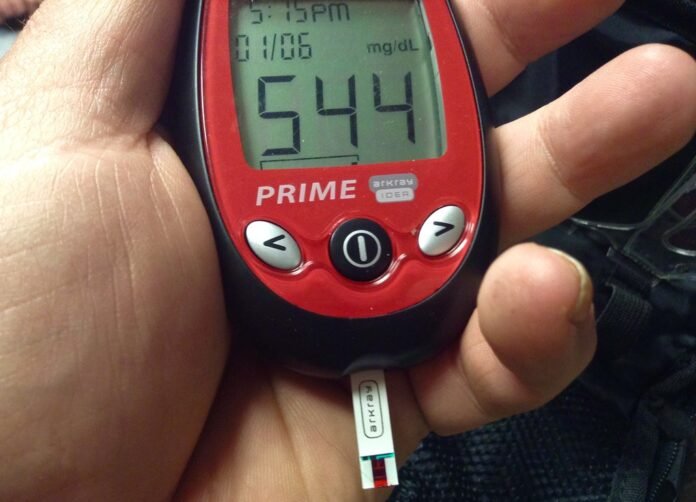Last Updated on July 16, 2024 by Asfa Rasheed
Ever thought of why having a mango feels different than munching on some roti or why your “dadi” always told you to eat your dal and sabzi? That is in how these food items play around differently with our blood sugar level – an important aspect of any care plan for diabetes. We shall elaborate on the basic science of how the food impacts our blood sugar levels while constantly keeping the Indian kitchen as a point of reference.
Table of Contents
What’s Blood Sugar Anyway?
What glucose, also known as blood sugar, is to the body is what fuel is to a vehicle. You derive the same from the foods that you eat. Though here lies the catch: not all your food will make your blood sugar act the same way.
The Quick Risers and the Slow Burners
Suppose you are at a wedding feast, and there is a table full of all sorts of goodies, from jalebis to biryanis. Most of the stuff there is what we call “quick risers.” Eat them, and your blood sugar zooms up real fast. Why? Because they’re high in sugar or simple carbs. Jalebis are a classic example.
And then, of course, there are the “slow burners,” kind that you might have in a chana masala or a bowl of dal – full of fiber, protein, and complex carbs. They are the dietary equivalent of a slow-burning log on a fire, releasing energy at a steady pace and at the same time keeping your blood sugar under control.
Why Does This Matter?
Keeping your blood sugar level is a bit like keeping a car ticking over smoothly, rather than lurching from a sudden stop to start. You’ll have a more even supply of energy, a better mood, and you’ll feel pretty good in general. Huge spikes in blood sugar? Not so great. A sudden low crash can give you the kind of feeling that many people call “tired, hungry, and cranky.
So, What Should You Eat?
Think of your plate as a colorful palette of health. Here’s a simple guide:
1. Fill Half with Veggies: Sabzi galore! Veggies like spinach, cauliflower, beans are your friends. They have lots of fiber and nutrients, rarely raise your sugar levels, and are great in all other aspects.
2. Some whole grains: Have you ever thought that for the small change—white rice to brown or chapatis from whole wheat, keeping them instead—these are like slow burners keeping you fuller and your blood sugar even?
3. Pick Protein: Dal, chicken, fish, or paneer add protein to your meal, another ally in managing blood sugar.
4. Limit the Sweets: We all love a sweet treat, but save the jalebis and gulab jamuns for special occasions.
The Power of Combining Foods
Eating mixed foods at each meal helps even out blood sugar. So, how about a plate with dal, brown rice, a big heap of vegetables, and a slice of mango? It’s just the place to mix quick risers with slow burners for energy.
Listen to Your Body
The bodies of the people do not react similarly to the whole. Some may take a whole bowl of rice without showing any impact, while others would be affected even by much less of the same. Notice your body after eating and get to know what works best for you.
Conclusion
The science of how food interacts with our blood sugar is very interesting and super useful. Wise selection of food can help us keep the blood sugar stabilized, experience energies throughout the waking day, and bring about great overall health, especially within our Indian context. Remember, balance is key – and so is enjoying your meals!
Apart from this, if you are interested to know more about Test In Pathology Labs then visit our Health category
















